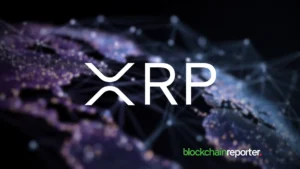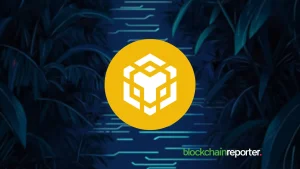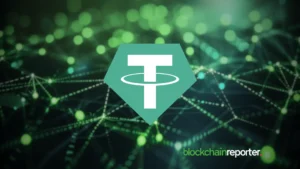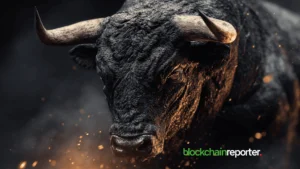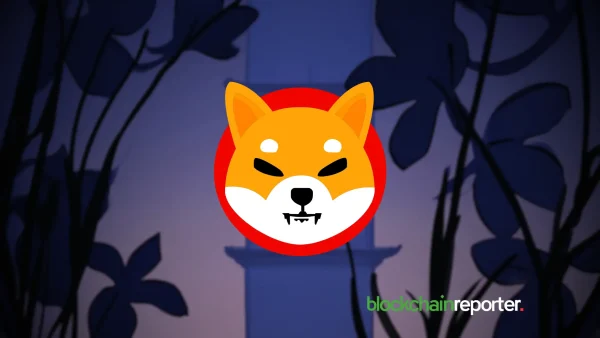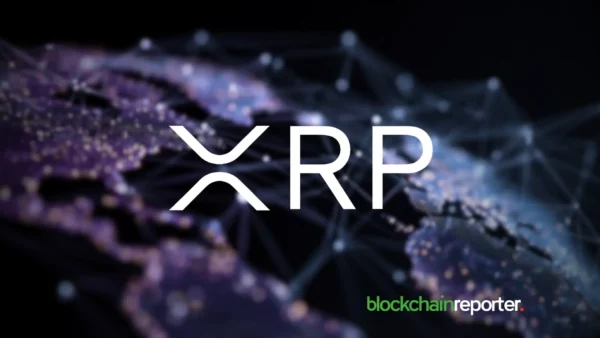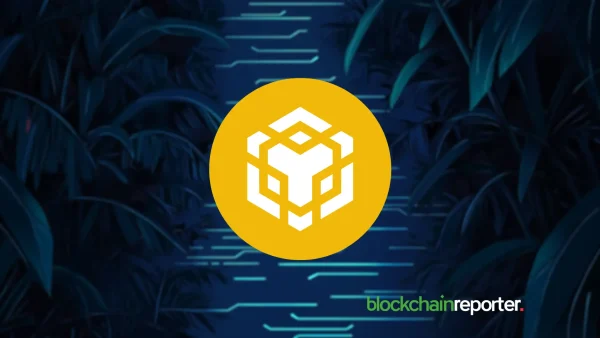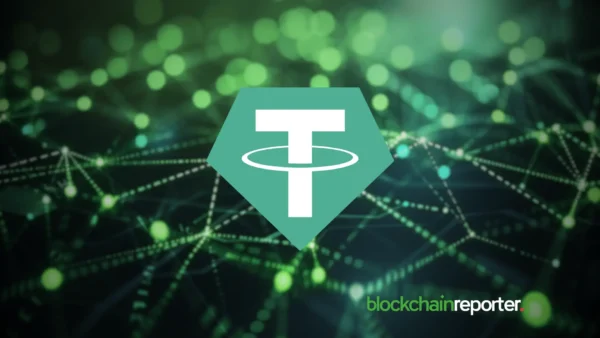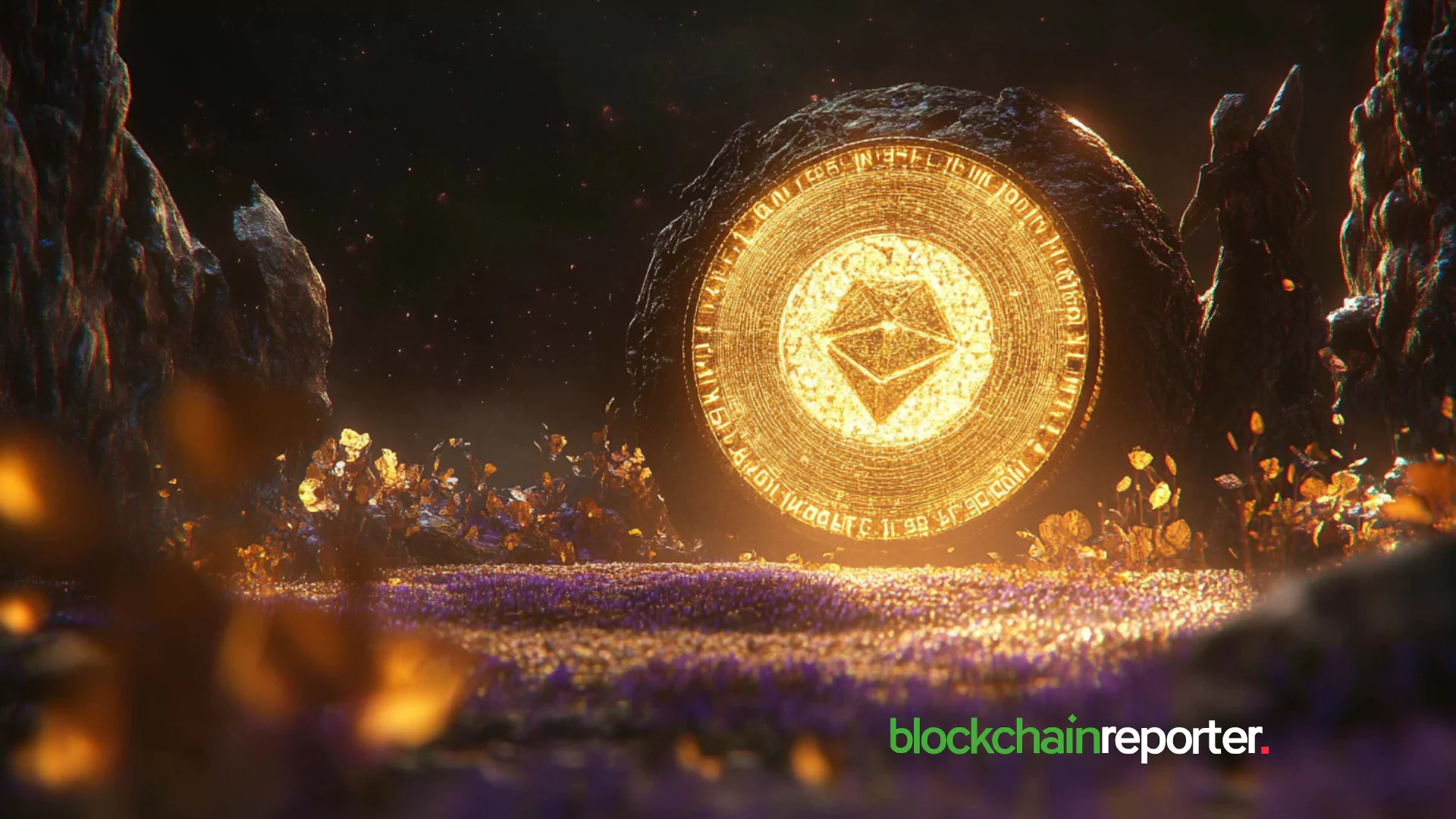
- 1. Understanding Meme Coins
- 2. Why Create a Meme Coin?
- 3. Step 1: Ideation – Concept and Branding
- 4. Step 2: Choosing the Right Blockchain
- 5. Step 3: Developing Your Smart Contract
- 6. Step 4: Designing Tokenomics and Distribution
- 7. Step 5: Launching Your Meme Coin
- 8. Step 6: Marketing, Community Building, and Beyond
- 9. Potential Challenges
- 10. Best Practices for Success
- 11. Conclusion
Meme coins have taken the cryptocurrency world by storm, combining viral internet culture with blockchain technology to create tokens that capture public imagination and generate explosive community interest. Whether you’re a crypto enthusiast with a penchant for humor or an entrepreneur looking to tap into the next big trend, this comprehensive guide will walk you through how to make a meme coin from scratch.
In this guide, we’ll cover everything from the concept and branding of a meme coin to the technical steps required for token creation, smart contract deployment, and community building. We’ll also address the critical aspects of tokenomics, marketing strategies, and potential pitfalls, ensuring that you have a solid roadmap to launch a successful meme coin.
Understanding Meme Coins
Meme coins are cryptocurrencies inspired by popular internet memes or social media trends. Unlike traditional cryptocurrencies that are built on strong economic or technical fundamentals, meme coins often rely on community sentiment, humor, and viral marketing to gain traction.
What Sets Meme Coins Apart?
- Community-Driven: Meme coins thrive on social media engagement, with their value often tied to the enthusiasm of a passionate community.
- Viral Marketing: The power of memes lies in their ability to spread rapidly. A well-designed meme coin can capture public attention almost overnight.
- Low Barrier to Entry: Many meme coins start with minimal technical or financial requirements, making them accessible for new projects and small investors.
There is a unique appeal of meme coins. Their blend of fun, irreverence, and potential financial reward has made them a fascinating phenomenon in the broader crypto market.
Why Create a Meme Coin?
Before diving into the technical steps, it’s important to ask: why create a meme coin? While many projects are launched with the hope of mimicking the success of popular tokens like Dogecoin (DOGE) or Shiba Inu (SHIB), there are several reasons why you might want to create your own:
- Innovation and Creativity: Meme coins allow creators to experiment with new ideas, combining art, humor, and technology.
- Community Building: A well-executed meme coin can foster a tight-knit community that rallies around a shared vision and engages in active discussions.
- Low Initial Costs: Compared to launching a full-scale cryptocurrency project, meme coins can be started with a modest budget.
- Marketing Leverage: A viral meme coin can draw massive media attention and attract investors looking for the next big trend in crypto.
- Entry Point into Crypto Development: For many new developers, creating a meme coin is a great way to learn about blockchain technology and smart contracts.
Understanding these motivations will help you align your project goals and set realistic expectations for your meme coin’s future.
Step 1: Ideation – Concept and Branding
Here is how you can define your concept and branding to create a meme coin:
Define Your Concept
The first step in how to make a meme coin is to nail down your concept. This involves:
- Identifying the Theme: Is your coin based on a popular meme, a humorous twist on an existing concept, or a completely original idea? Think about what will resonate with your target audience.
- Creating a Story: A strong narrative or backstory can enhance your coin’s appeal. Consider how your meme coin might capture the zeitgeist or tap into current internet trends.
- Naming Your Coin: Choose a catchy and memorable name. The name should be easy to pronounce, relate to the meme or idea, and ideally, be unique enough to stand out in the crowded crypto space.
Develop Your Brand Identity
Branding is crucial in the world of meme coins. This includes:
- Logo and Visuals: Invest in a creative logo and design assets that reflect your coin’s personality. Visual identity plays a significant role in attracting attention on social media.
- Website and Social Media Presence: Build a professional-looking website that outlines your coin’s purpose, roadmap, and tokenomics. Establish accounts on platforms like Twitter, Discord, and Telegram to start building your community.
- Whitepaper: Even for a meme coin, having a whitepaper or project outline helps lend credibility. It should detail your project’s vision, technical specifications, and future plans.
Step 2: Choosing the Right Blockchain
Choosing the right blockchain is essential not only for the technical success of your coin but also for its long-term viability. In this step, you will learn how to choose the right blockchain:
Evaluate Blockchain Platforms
The next crucial step is selecting the blockchain on which your meme coin will be built. Common options include:
- Ethereum: Known for its robust smart contract capabilities and widespread developer support. However, high gas fees can be a drawback.
- Binance Smart Chain (BSC): Offers lower transaction fees and faster processing times, making it attractive for meme coins.
- Solana, Avalanche, or Polygon: Other platforms that offer unique advantages such as high throughput and scalability.
Consider the Trade-Offs
- Security vs. Cost: Ethereum provides high security but can be cost-prohibitive for small transactions due to gas fees. BSC, on the other hand, offers a balance between cost and security.
- Community and Developer Support: Choose a platform with an active community and extensive documentation to ease the development process.
- Interoperability: Consider how your coin might interact with other decentralized finance (DeFi) projects or be listed on various exchanges.
Step 3: Developing Your Smart Contract
The next step in the process of how to create a meme coin is to learn the development of smart contracts:
What Are Smart Contracts?
Smart contracts are self-executing contracts with the terms directly written into code. They are the backbone of any token on a blockchain. For a meme coin, the smart contract will define:
- Total Supply: The maximum number of tokens that will ever exist.
- Distribution: How tokens are allocated (e.g., for development, marketing, community rewards).
- Transaction Rules: Any fees, burn mechanisms, or redistribution features.
Tools and Languages
- Solidity: The most popular programming language for writing Ethereum smart contracts.
- Truffle or Hardhat: Development frameworks that help test, compile, and deploy smart contracts.
- Remix IDE: An online tool that can be used for writing and testing Solidity contracts.
Key Steps in Smart Contract Development
- Write the Code: Develop a smart contract using Solidity that includes all necessary functions for token creation, transfers, and any unique features (e.g., reflections, burns).
- Testing: Rigorously test the contract on a testnet (e.g., Ropsten for Ethereum or testnet for BSC) to ensure there are no vulnerabilities or bugs.
- Audit: If possible, have your smart contract audited by a reputable third party. This adds a layer of credibility and security.
- Deployment: Deploy your smart contract on the mainnet of your chosen blockchain once testing and audits are complete.
Step 4: Designing Tokenomics and Distribution
In this step, you will learn how to design tokenomics and token distribution:
Understanding Tokenomics
Tokenomics refers to the economic model behind your coin. This includes:
- Total Supply and Inflation: Decide on a fixed or inflationary supply. Meme coins often use a fixed supply to create scarcity.
- Allocation: Determine how tokens will be distributed among the team, community, early investors, and for future development.
- Utility and Incentives: Even if your meme coin is primarily for fun, consider if it will have any additional utility. Will there be staking rewards, governance rights, or exclusive access to community events?
Creating a Sustainable Economic Model
Your tokenomics should balance initial distribution with long-term sustainability. Consider:
- Burn Mechanisms: Periodically burning tokens can help reduce supply and potentially increase value.
- Transaction Fees: Implementing small fees on transactions that can be used for marketing, development, or community rewards.
- Liquidity Pools: Setting aside a portion of tokens to provide liquidity on decentralized exchanges (DEXs) can help stabilize the market price.
Step 5: Launching Your Meme Coin
It is time to learn about the process of launching your meme coin:
Pre-Launch Preparations
Before the official launch, there are several key preparations:
- Final Testing: Ensure your smart contract is secure and functions as intended. Double-check all aspects of tokenomics.
- Community Announcements: Build anticipation through teasers on social media, community forums, and crypto news outlets.
- Liquidity and Listings: Work on getting your coin listed on decentralized exchanges (DEXs) like Uniswap or PancakeSwap. Establish liquidity pools to facilitate trading.
The Launch Process
- Smart Contract Deployment: Deploy your verified smart contract on the mainnet.
- Token Distribution: Distribute tokens according to your predetermined allocation. This might include pre-sales, airdrops, or liquidity mining incentives.
- Marketing Blitz: Launch an aggressive marketing campaign that leverages social media influencers, crypto forums, and press releases.
- Post-Launch Monitoring: After launch, monitor the token’s performance, track community feedback, and be ready to address any technical issues promptly.
Step 6: Marketing, Community Building, and Beyond
In the next step of how to make a meme coin, you need to learn how to do effective marketing, community building, and more:
Crafting Your Marketing Strategy
Marketing is one of the most critical aspects of a successful meme coin launch. Here’s how to build buzz:
- Social Media Campaigns: Use platforms like X (formerly Twitter), Reddit, Telegram, and TikTok to share engaging content and updates.
- Influencer Partnerships: Collaborate with crypto influencers and meme creators who can amplify your message.
- Content Marketing: Publish blog posts, YouTube videos, and infographics that explain your coin’s unique features, tokenomics, and potential for growth.
- Airdrops and Giveaways: Organize promotional events that incentivize community participation and reward early adopters.
Building a Loyal Community
The success of a meme coin is largely driven by its community. Focus on:
- Transparency: Regularly update your community on development progress, challenges, and future plans.
- Engagement: Host AMA (Ask Me Anything) sessions, live streams, and interactive events.
- Rewards: Implement community rewards such as airdrops, contests, or token staking benefits to encourage participation.
Post-Launch Growth
Once your coin is live, sustaining momentum is key:
- Continuous Development: Keep improving your project by adding new features, enhancing security, and exploring partnerships.
- Expand Utility: Consider integrating your coin into decentralized finance (DeFi) platforms or using it as a payment method within your ecosystem.
- Monitor Market Trends: Stay agile and be prepared to pivot your strategy in response to market feedback and emerging trends.
Potential Challenges
While meme coins can be highly rewarding, there are several challenges to be aware of:
- Regulatory Risks: Cryptocurrencies operate in a rapidly evolving regulatory environment. Ensure compliance with local laws and regulations to avoid legal issues.
- Security Vulnerabilities: Smart contracts can be susceptible to bugs and exploits. A rigorous testing and audit process is essential.
- Market Volatility: Meme coins can experience extreme price fluctuations driven by hype and speculation.
- Sustainability: Without a clear utility or long-term roadmap, many meme coins can fade into obscurity once the initial hype dies down.
Best Practices for Success
By following these best practices, you can mitigate many of the risks associated with launching a meme coin and increase your chances of long-term success:
- Thorough Planning: Spend time refining your concept, tokenomics, and marketing strategy before launch.
- Technical Rigor: Invest in quality development and security audits for your smart contract.
- Transparent Communication: Build trust with your community through clear, honest, and regular updates.
- Adaptive Strategy: Remain flexible and ready to adjust your approach based on market feedback and emerging trends.
- Legal Considerations: Consult legal experts to ensure that your project complies with all relevant regulations.
Conclusion
Creating a meme coin is a thrilling journey that blends creativity, technical prowess, and community engagement. From conceptualizing a fun and memorable theme to navigating the technical details of blockchain development and smart contract deployment, every step offers its own set of challenges and rewards.
In this guide, we’ve walked through the entire process of how to make a meme coin—from ideation and branding to choosing the right blockchain, developing smart contracts, designing tokenomics, and launching with a strong marketing strategy. We’ve also addressed the importance of community building and highlighted best practices to overcome potential challenges.
Remember, the world of cryptocurrency is dynamic and fast-paced—what works today might need to evolve tomorrow. Stay informed, be adaptable, and never underestimate the power of a good meme combined with solid blockchain fundamentals. Happy token crafting, and may your meme coin become the next viral sensation in the crypto world!


